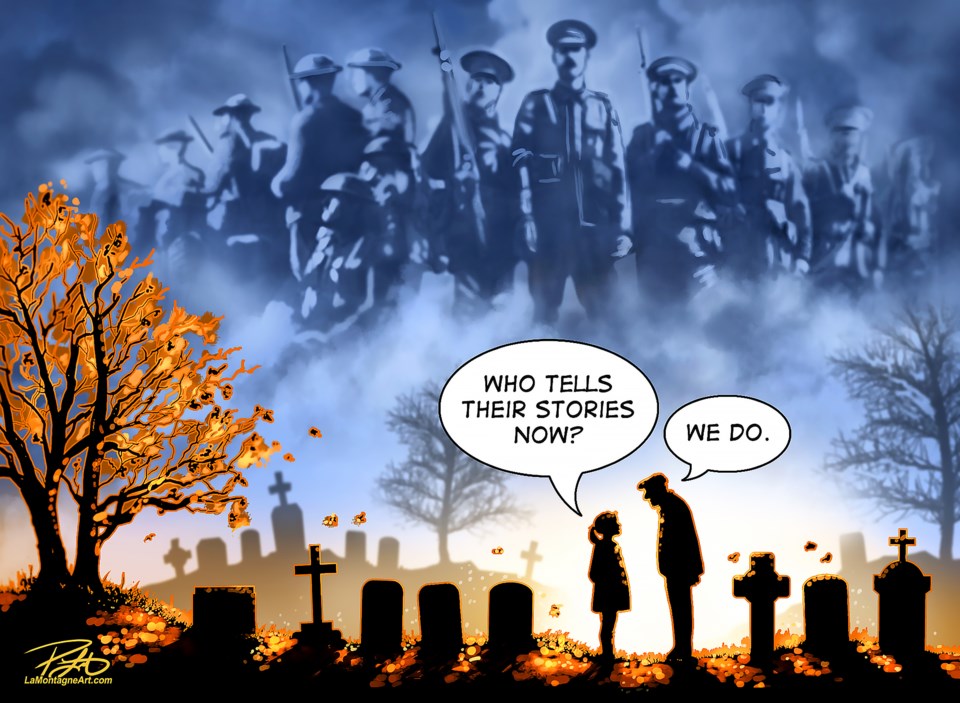To understand where a country is going or appreciate the ideals that define its culture, it’s important to both remember and analyze its past.
Not only is it essential for citizens to know their past, but equally vital to learn from mistakes to avoid repeating them.
The past can all too often be overly sanitized and selected memories can take precedence on how events are commemorated.
Each year when Remembrance Day is recognized, it becomes a moment of reflection and an opportunity to look back on the past.
But that doesn’t only mean the glorified moments, but also the shameful and less proud recollections that can purposefully fall through the cracks of history.
Throughout the First World War, the Canadian Expeditionary Force took part in historic battles from Ypres, Vimy Ridge to the Somme. Its role in the war was a key aspect of Canada slowly separating itself from Great Britain to eventually become an independent nation.
Its soldiers received a reputation for skilled fighting that was key in pushing Germany out of parts of Belgium and France, but were well known for a no mercy approach and violence against German prisoners other allied countries rarely match.
In the Second World War, Canadian soldiers played a pivotal role in the liberation of large swathes of Europe and the freeing of numerous concentration camps with tens of thousands of wrongly held prisoners. More importantly, its role led to the destruction of national socialism in Germany – one of the key moments in the 20th Century – and those actions saved the lives of millions.
They were also part of the contentious bombing campaign in both Germany and Japan that led to more than a million civilian deaths as well as documented cases of killing prisoners of war, the internment of Japanese-Canadians and the unnecessary razing of the German city of Friesoythe weeks before the war ended.
In wars since the First and Second World Wars, similar moments of pride and ignominy have followed suit. Peacekeeping in Somalia, Canada’s role in Afghanistan and the Korean War have all left indelible marks on Canada.
From the first Remembrance Day in 1919 – originally known as Armistice Day – the meaning of it has changed and evolved.
From the late 1960s to the early 1990s, attendance for Remembrance Day ceremonies dwindled as the First and Second World Wars fell into distant memory and veterans began to die.
A key moment in embracing Remembrance Day services occurred during the 50th anniversary of the Normandy invasion in 1994, which brought back to living memory the two world wars.
As Canadian veterans became fewer – with no First World War veteran longer alive and fewer than 20,000 Second World War soldiers alive as of 2021 – the act of remembrance took on a greater priority in attempting to reminisce with a now distant past.
More than 120,000 Canadians died while serving in the military, who though no longer alive and often buried overseas, are often positively or negatively used for specific symbolic political goals to further an ideal or ideals they themselves may not have agreed with.
As Remembrance Day continues to evolve and services are held to remember the sacrifices of past generations, it’s important to shine a light on the darker moments of our nation’s history and how remembrance occurs.
It doesn’t mean we need to push to the wayside the moments of pride and celebration, but only when the entirety of the past is fully recognized can the true act of remembrance be fully explored and truly acted upon.




